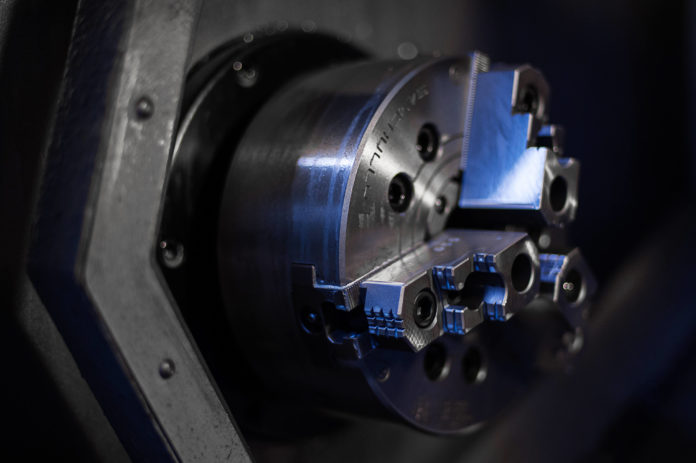Staying on top of maintenance issues for CNC machines requires careful scheduling, observant technicians, available spare parts, and comprehensive documentation.
According to industry sources, most businesses can reduce their maintenance costs by between 12 percent and 18 percent with a preventive maintenance system. It stands to reason; dealing with maintenance emergencies and breakdowns comes with a high price tag when you consider lost production, rescheduling technicians, and overnight shipment of parts.
In order to successfully perform machinery maintenance on CNC equipment, you need the following components:
Custom Schedule Maintenance Tasks
Each facility will be different when it comes to preventive maintenance requirements. Schedule your maintenance tasks not only around OEM guidelines but around your facility’s actual usage. If you have a set of critical pieces of equipment that run around the clock, be sure to schedule preventive and equipment maintenance on those frequently. On the other hand, machines that are seldom used may require only an occasional inspection.
You may need to consider your available labor as well. If you use an outside maintenance company, you’ll have to work around their availability. If you have an internal team, be sure to consider skill levels and other priorities.
Some important benchmarks at which you’ll need to perform preventative maintenance, and a few examples for each, are:
-
Daily:
- Check the hydraulic pressure and fluids, making sure they’re operating at the right levels
- Check lubrication operating levels, and replenish if necessary
- Make sure the cooling unit is operating correctly
- Clean off the window, door, and light of the machine so you can see clearly inside
-
Weekly:
- Take the filter of the control cabinet and clean it to allow air to flow through for cooling
-
Every 3 Months or 500 Hours:
- Grease the chains or conveyors
- Check and clean the coolant filters
-
Every 6 Months or 1000 Hours:
- Clean the coolant tank and the radiator
- Drain and clean the hydraulic tank, and replace filters
- Drain and clean the lubrication unit
- Check and adjust the leveling of your machine
-
Annually or Every 2000 Hours:
- Inspect headstock, tailstock for taper
- Check spindles and cylinders for alignment and run out
- Run backlash programs on X and Z axes and adjust as needed
Of course, these tasks will vary depending on the type of machinery or desired preventative maintenance outcomes. These are simply points to get you to start thinking about how you can better maintain your CNC machines with a preventative maintenance program!
Provide Channels for Reporting Issues
Although scheduled preventive maintenance as well as automated sensors and detectors are great at flagging potential problems, don’t forget to use the technicians who are on the front lines of your equipment every day. Be sure you have an easy-to-use system for reporting anything they might see while performing daily tasks. If they sense that equipment is louder than normal, running more sluggishly, or just that something seems amiss, they should be able to report that as soon as possible so it can be factored into future preventive maintenance planning.
Keep Spare Parts Handy
Although it’s true that you don’t want to have a large amount of unused parts sitting around, you’ll want to have key components of your CNC machines handy in case of breakdown. Prioritize hard-to-source parts or things that need regular replacement, and be sure to have a system to find them quickly.
Maintain Good Records
A preventive maintenance system is only as good as the information in it. Be sure that anytime a machine is inspected, serviced, or replaced, that information is documented. Complete records can be critical in evaluating true maintenance costs, deciding when to replace equipment, and during audits. Strong records also provide a basis for making other business decisions.
















































